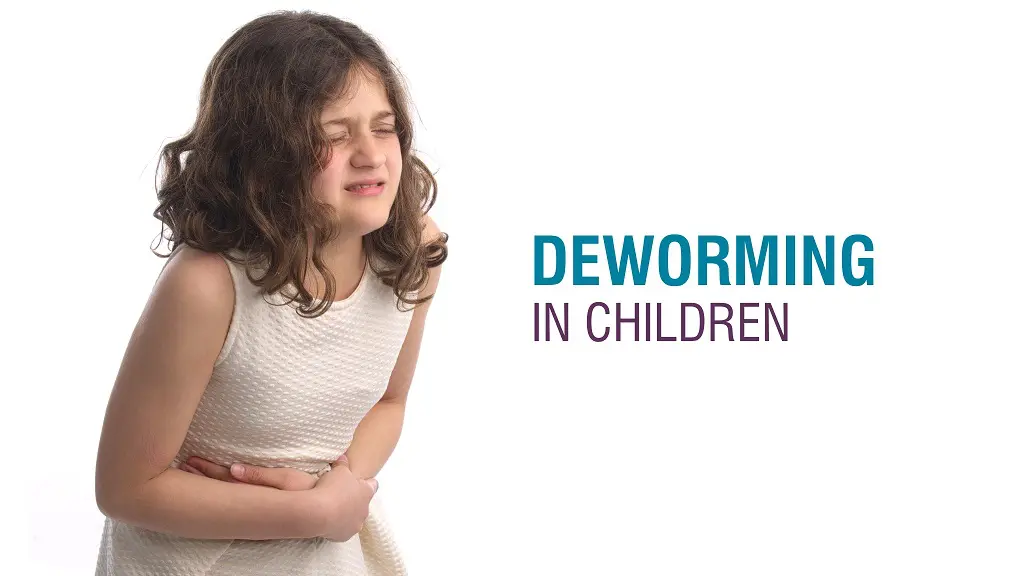New Born Care

Newborn Care Importance
November 5, 2024Welcoming a newborn is an exciting but often overwhelming experience for parents. The first 28 da...

Early Warning Signs of Postpartum Depression
February 15, 2024The birth of a baby can be life-changing as women go through a strea...

Newborn Gastric Problems: Symptoms and Tips to Relieve Them
May 4, 2023Bringing a newborn home is an exciting time, but it can also come wi...
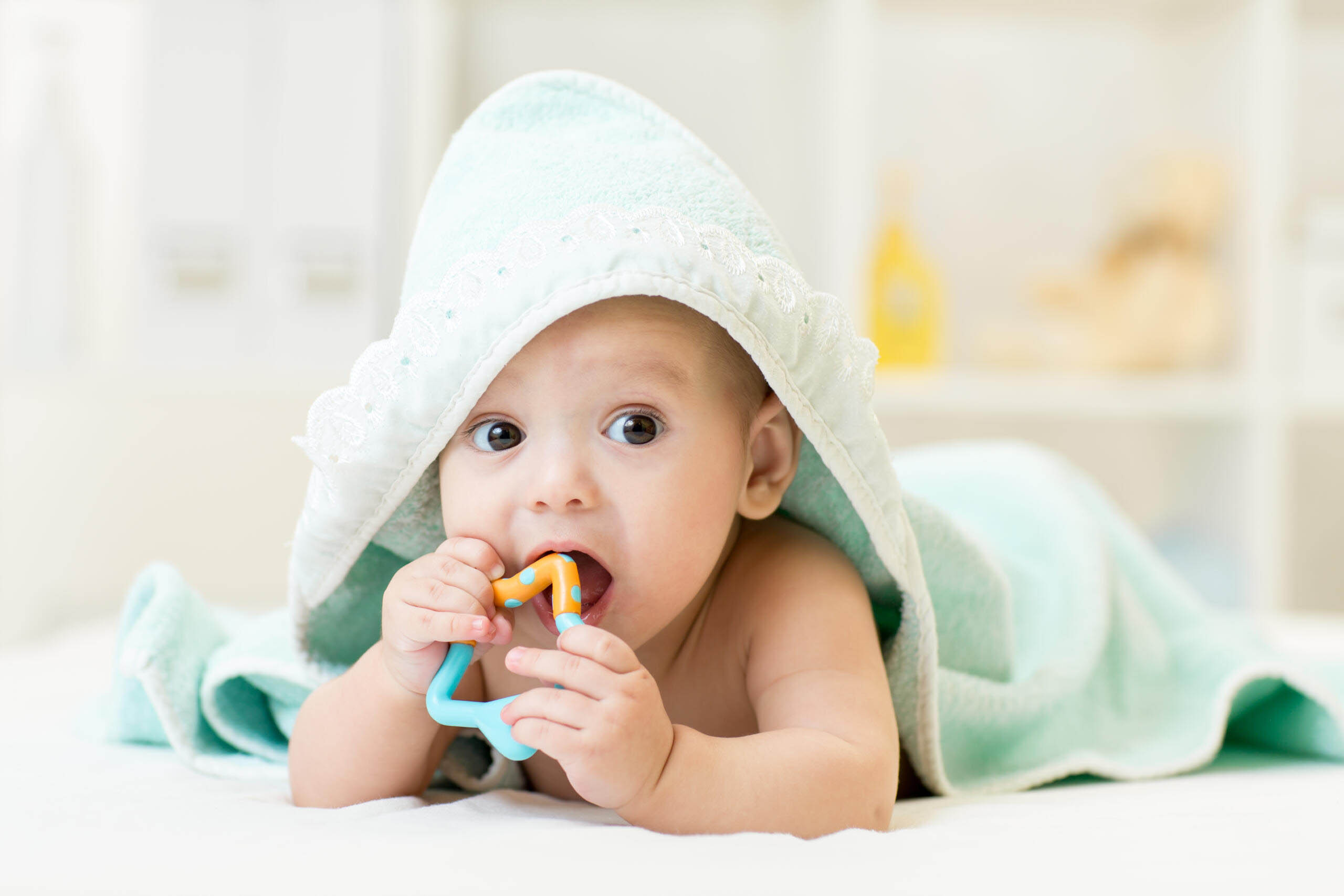
Complete Guide to Infant Teething: Signs, Remedies, Teething Chart, and More
May 3, 2023Teething is a natural and critical part of your baby’s growth....

5 Important Tips for Handling a Newborn
February 5, 2022In the human life cycle, the first few months after birth are critic...

When Is the Double and Quadruple Marker Test Done?
November 17, 2021Quadruple Marker Test – There are many tests carried out durin...
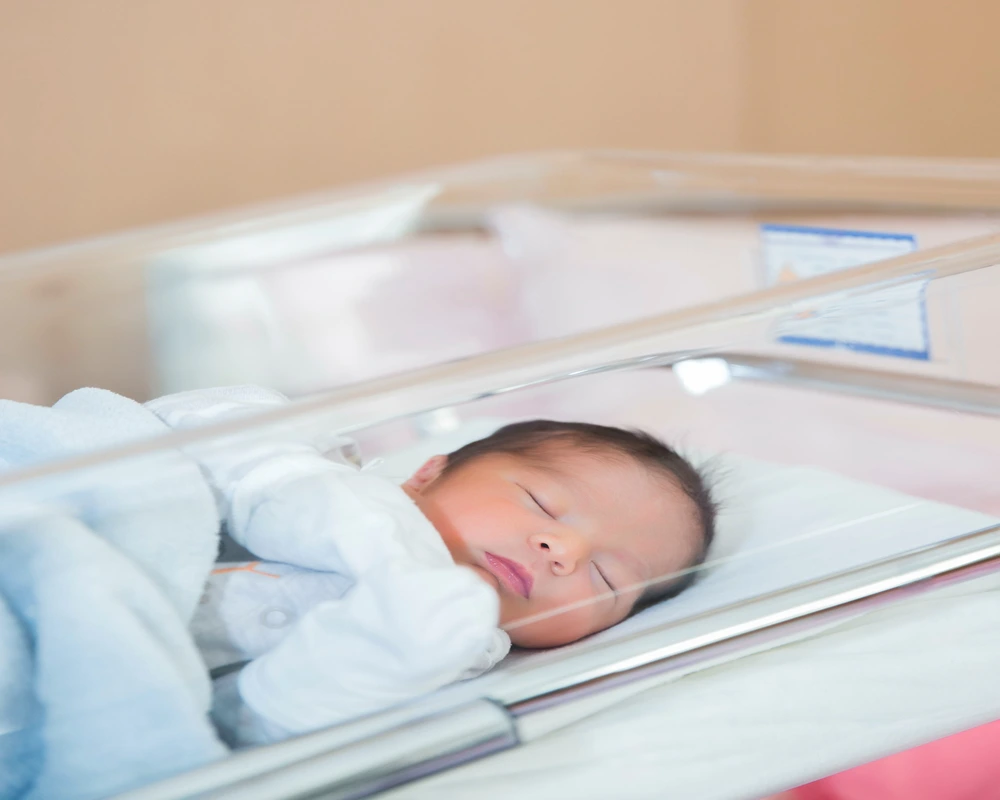
Does Your Baby Need Neonatal Care?
November 17, 2021Does Your Baby Need Neonatal Care? this is a very crucial question n...

What is Neonatal Abstinence Syndrome(NAS) ?
August 22, 2021If your baby is experiencing withdrawal symptoms and has been asked ...

Why you shouldn’t let anyone to kiss your new-born
February 18, 2021The first cry of a newborn brings so much...
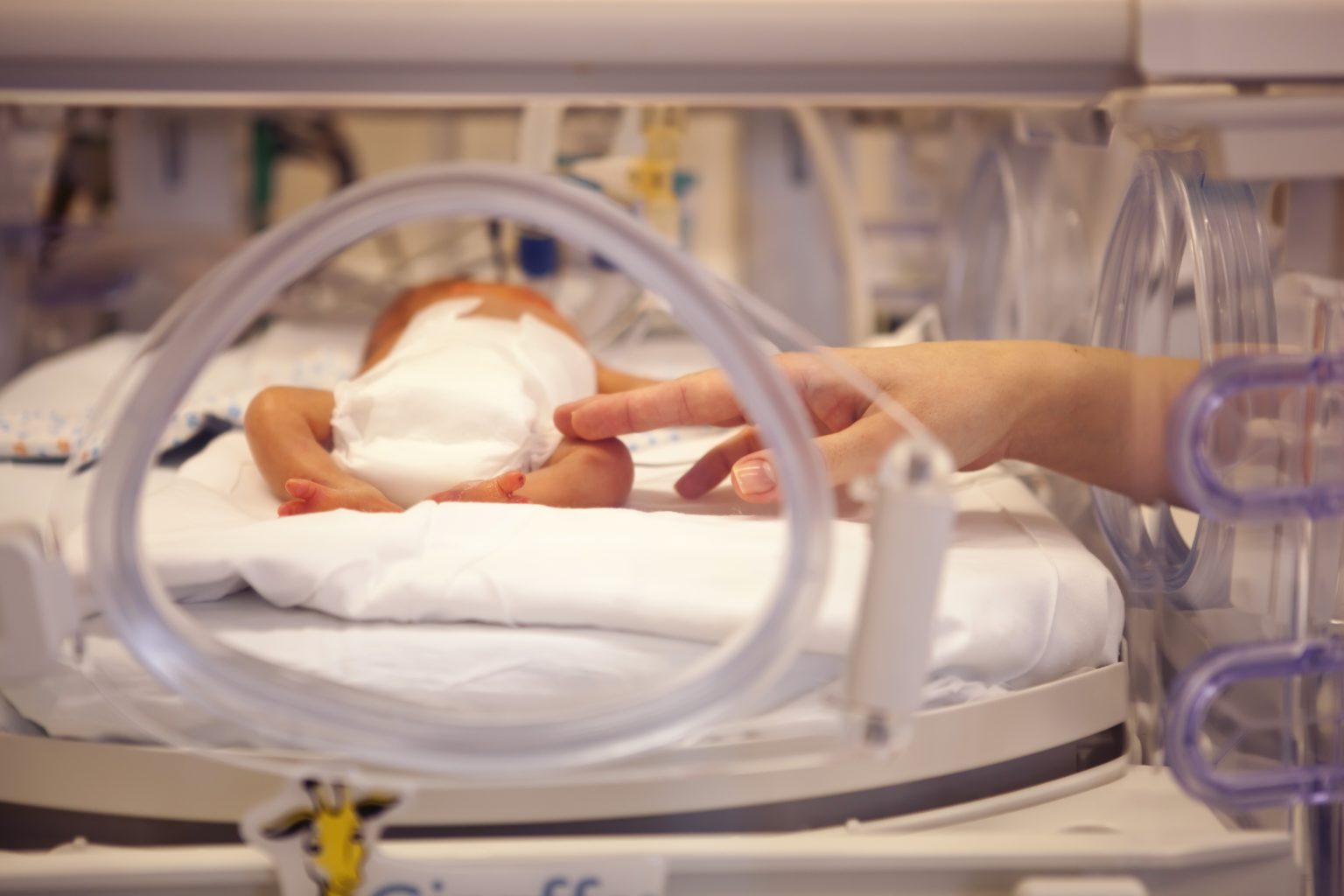
What is low birth weight? Causes & Diagnosis Methods
December 6, 2020Health can be considered to be a state of complete physical, mental,...
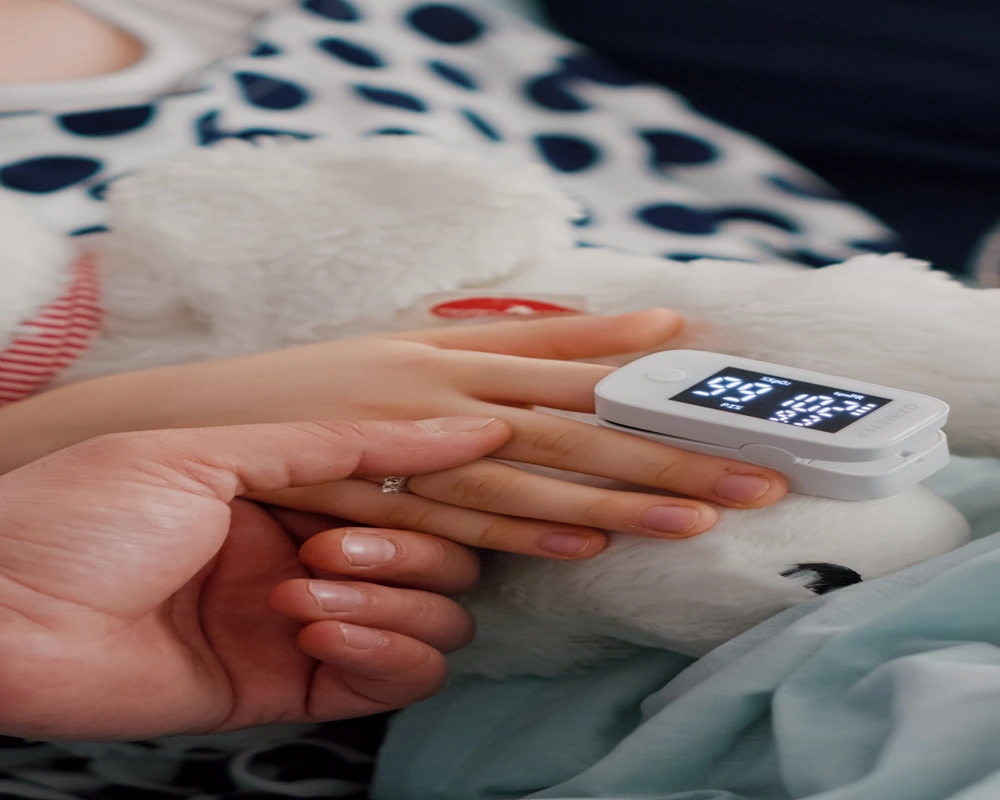
Can Hyperglycemia Be a Risk Factor for Low-Birth-Weight Babies?
April 4, 2020One of the most prevalent clinical concerns among extremely low birt...

Top 5 Causes of Low Birth Weight in Newborns
March 18, 2020Low birth weight is a term used to describe babies wh...
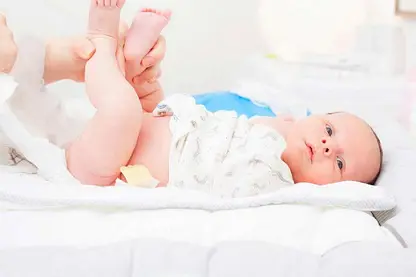
Baby Poop – What’s Normal & What is Not?
September 10, 2018No matter what one says or thinks, someon...

A Spotlight on Common Ear, Nose and Throat Problems in Toddlers
September 4, 2018Someone wise once said that your sense or...

Infant sleep patterns
August 8, 2017One of the many subjects that worries new parents is whether their n...

Neonatal Conjunctivitis And Tips To Prevent It
January 18, 2017Conjunctivitis is referred to as inflammation of the conjunctiva whi...
